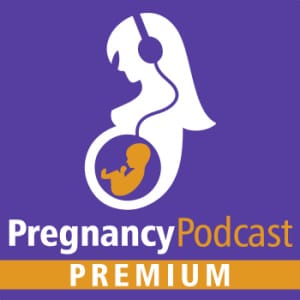Overview
Most expecting parents are aware that babies are ideally head down. As you get closer to your due date, your baby’s position can significantly impact your labor and birth. Few doctors and midwives have training and experience in vaginal breech birth. As a result, most mothers with a breech baby will require a cesarean delivery. Your baby’s position is much more nuanced than being head down or breech. For a vaginal birth, it isn’t a straight shot for your baby to maneuver through the birth canal. The direction they face, whether their head is extended, and other details of their position can lead to a shorter, easier, or less painful birth.
As you get closer to your due date, your doctor or midwife will monitor your baby’s position. You can also use easy methods at home to determine your baby’s position in your belly. Doctors and midwives have specific language to describe where your baby is, and it can get very confusing. When your care provider says your baby is LOP, after listening to this episode, you will know precisely what that means regarding how your baby is positioned and how it may influence your labor and birth.

